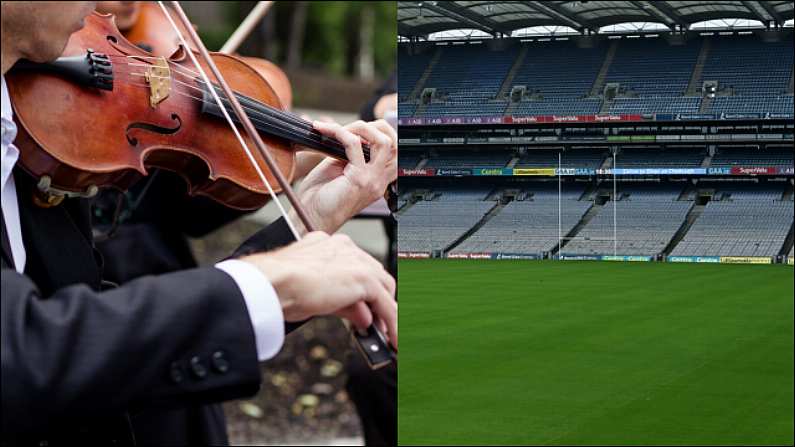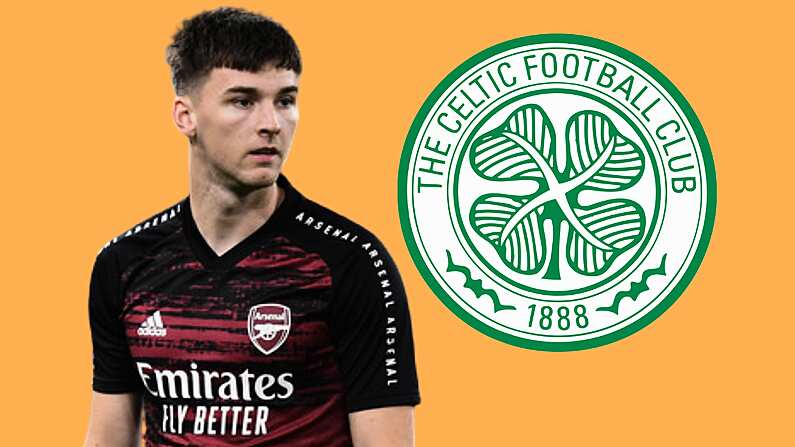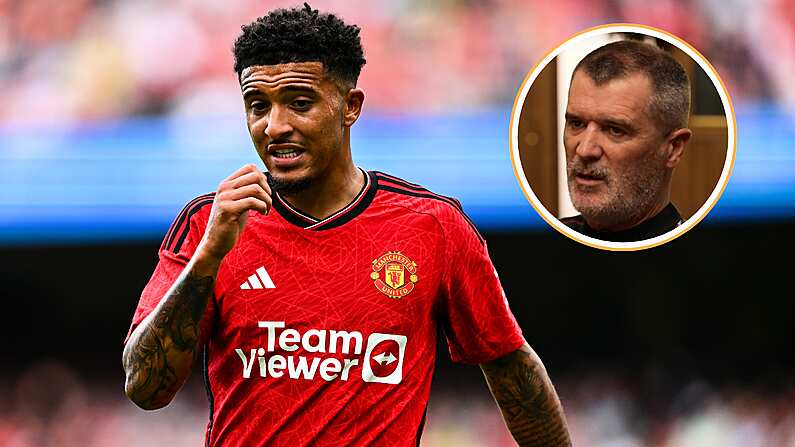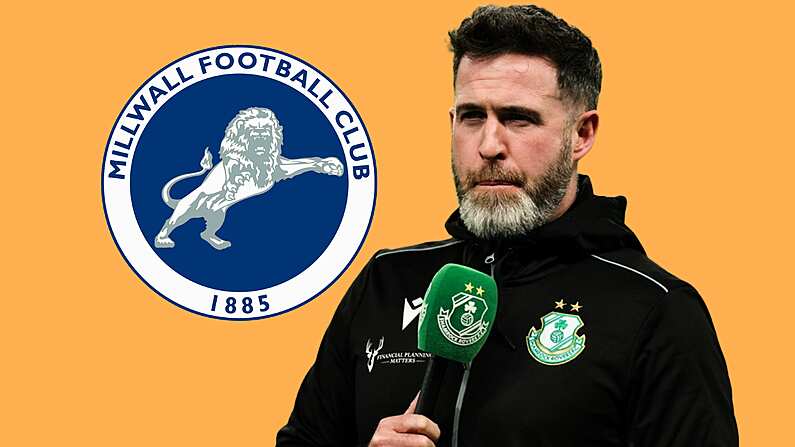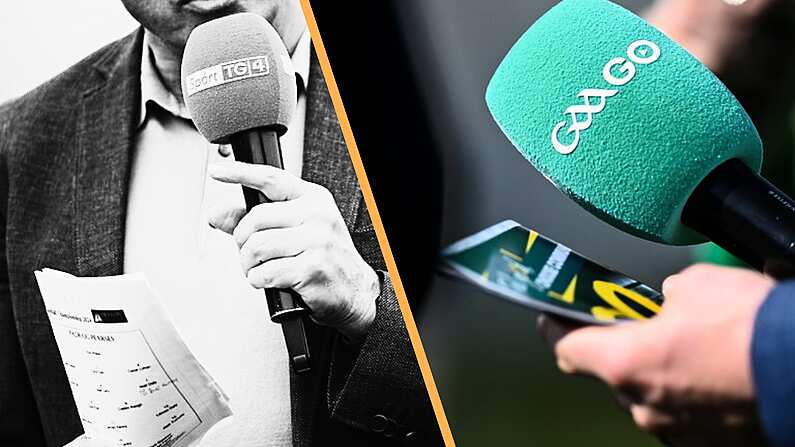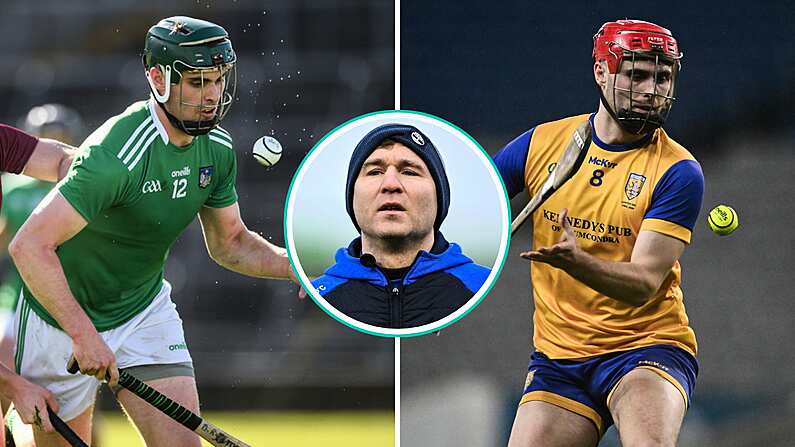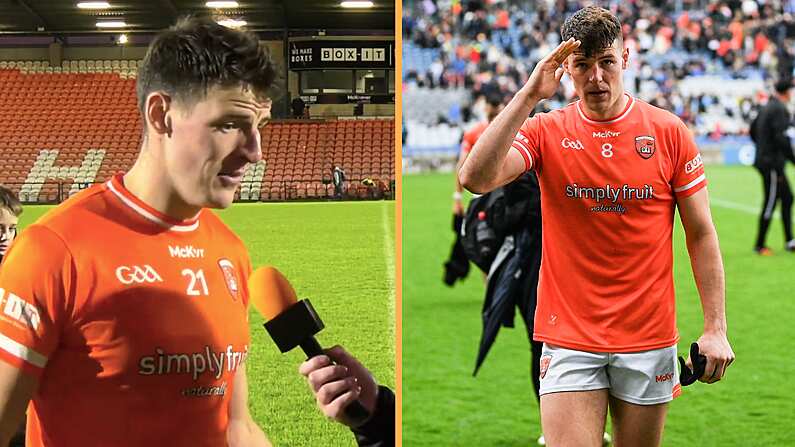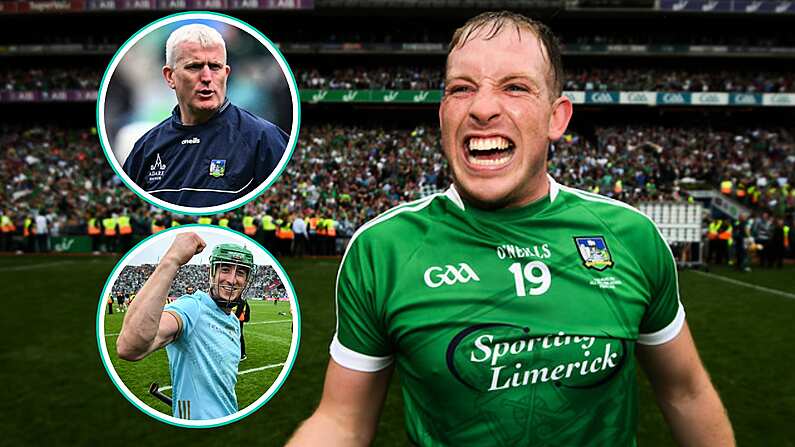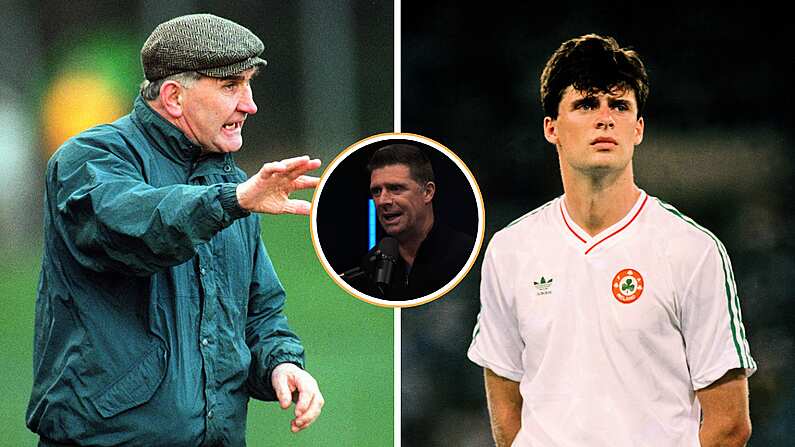The Irish sporting community is still reeling from the government's decision to prohibit spectators from sporting events.
Yesterday evening, Taoiseach Micheál Martin confirmed that, based on advice from NPHET, a decision has been taken to ban all spectators from sporting events until at least 13 September.
Up to 200 people had been allowed to attend an outdoor sporting event, which meant that for the likes of GAA and soccer, 50 to 120 fans could attend matches.
A planned move to allow 500 people at events was delayed when cases of Covid-19 increased in July but the recent surge in cases has led to the new restrictive measures being introduced.
The decision has not been well-received by Ireland's sporting community. The GAA have released a statement where they've invited Dr Ronan Glynn and NPHET to "present the empirical evidence" that informed this recent decision.
Speaking with The Journal, Professor Philip Nolan, who chairs the epidemiological modelling advisory group at the National Public Health Emergency Team, has said the GAA’s response to the latest COVID-19 restrictions was “a bit headmaster-ish, could we come in and explain ourselves."
Interestingly, it has been confirmed this afternoon by the Irish government that non-sporting outdoor events will be allowed to continue with spectators provided social distancing takes place.
The Department of Culture, Heritage and the Gaeltacht today released the following statement on the matter:
"Businesses/services such as cinemas, galleries, theatres etc are deemed to be controlled environments, with appropriate protective measures in place such as physical distancing between people. These venues can continue to operate under existing limits where appropriate physical distancing can continue to be maintained.
"Individual groupings attending these venues must be limited to six people from no more than 3 households. Similarly, outdoor arts events which take place in venues which allow for a controlled environment where social distancing can be ensured can also proceed on the basis of existing limits.
That's quite the issue for Catherine Martin to sort out because after all, she is the Minister for (deep breath) Media, Tourism, Arts, Culture, Sport and the Gaeltacht.
For the interest of clarity, an outdoor art event is deemed a controlled environment but Croke Park, Lansdowne Road, Páirc Uí Chaoimh and other sports stadia are not under the current guidelines.
Also, without sounding too grandiose, you could easily argue a case that what the majority of athletes can do is an art in itself.
On a more serious note, it's obvious that attending games is far less important when compared to the greater risk of public safety and the need to reopen schools. Nevertheless, it's difficult not to feel that sport is getting a raw deal.
Are these "outdoor arts events" that take place in "venues which allow for a controlled environment where social distancing can be ensured" really less of a risk to public safety that an enclosed stadium that's practically empty, or a largely empty field?
During yesterday's press conference, Taoiseach Micheal Martin was asked why people that obey social-distancing measures and the required COVID safety protocols can't watch sport in person?
It was also put to the Fíanna Fáil leader that the greater risk in sport surely comes from the contact of players, not fans in the stand that are observing socially-distancing protocols.
You can view his answer below.
Asked why people can't watch sport with socially distancing, while those playing the sports are in close contact, @MichealMartinTD says "I take your point, lay people would immediately ask that question", but that the primary risk is in what happens before and after the match pic.twitter.com/BCjuWh4BGd
— RTÉ News (@rtenews) August 18, 2020

